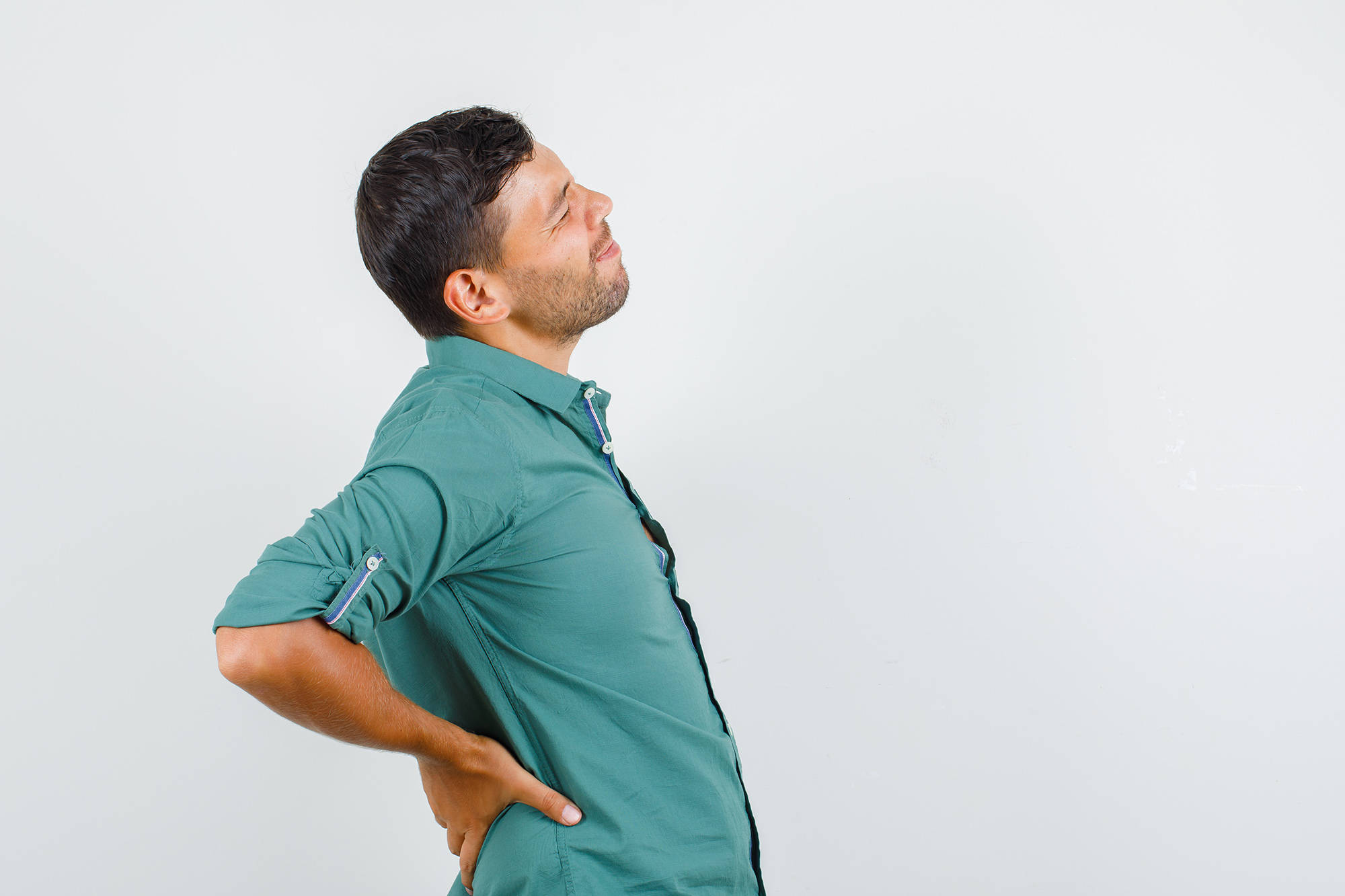We’re hearing a lot about the dangers of sitting too much. You’re cutting off your circulation, developing horrible posture, and increasing your risk of various chronic diseases. Standing more seems the obvious solution.
But those of us who stand for long periods know that standing comes with its own set of problems–like back pain. Could changing how you stand eliminate the problems associated with standing? These ergonomics aids for standing seek to answer that challenge.
Why Standing Ergonomics Is Important
Standing for prolonged periods can result in misalignments in the knees, hips, back, and feet. You may subconsciously move into an unnatural position that feels very comfortable at the moment. But as you maintain it, you’re likely to experience joint and muscle pain in addition to extra wear and tear from poor alignment.
Ergonomics is the study of increasing productivity in the workplace by enhancing the work environment. Increasingly, ergonomics focuses on encouraging proper posture and comfort. Because guess what? People are most productive when they aren’t hurting all the time.
There’s a lot of talk about ergonomics for people who sit, but it’s equally important for standing. Proper ergonomics can:
- Reduce pain
- Reduce absenteeism
- Increase productivity
- Improve mental and emotional wellbeing
What Is Proper Standing Ergonomics?
The ideal position for standing is:
- Weight-bearing on balls of feet, behind your toes
- Knees slightly bent
- Stomach tucked in
- Shoulders pulled back
- Feet shoulder-width apart
- Elbows bent at a right angle, slightly lower, or at your sides
- Wrists straight
- Chin level and eyes looking straight ahead
- Shifting weight from toes to heels periodically if standing for long periods
While standing, your best defense against pain is to change positions frequently, so ergonomics aids for standing not only enable better positioning. They also encourage frequent movement of the whole body.
Ergonomics Aids that Support Proper Standing Posture
- Underdesk keyboards that extend up. Similar to the under-desk keyboards for sitters, these extend up to allow proper elbow positioning.
- High stools encourage a person to go back and forth between stand-sitting and standing without changing their desk height. Some will also adjust down to the sitting position if needed.
- Anti-fatigue mats put some padding between your feet and the hard floor. They absorb shock, so you’re less likely to shift into an awkward position to deal with the foot, ankle, knee, hip, or back pain. Some standing mats have raised edges, which encourage stretching and movement while standing.
- Balance boards encourage your muscles to engage and your body to shift positions. This reduces the risk of you getting stuck in an unhealthy position and provides some exercise at the same time.
- Monitor risers or monitor arms allow you to raise and lower your monitor to keep the eyes forward
- The adjustable keyboard stand offers you multiple configurations to get the keyboard or other equipment to the right height.
- A turned-over wastebasket can become a temporary foot stand, allowing you to alternate raising one leg while standing on the other. This can work wonders for back pain!
- Place one foot on a foam roller, rolling it back and forth
Could standing more ergonomically eliminate your back pain? It certainly won’t hurt. To learn more about better posture and alignment for standing at work, contact Huntington Orthopedic Institute today.


